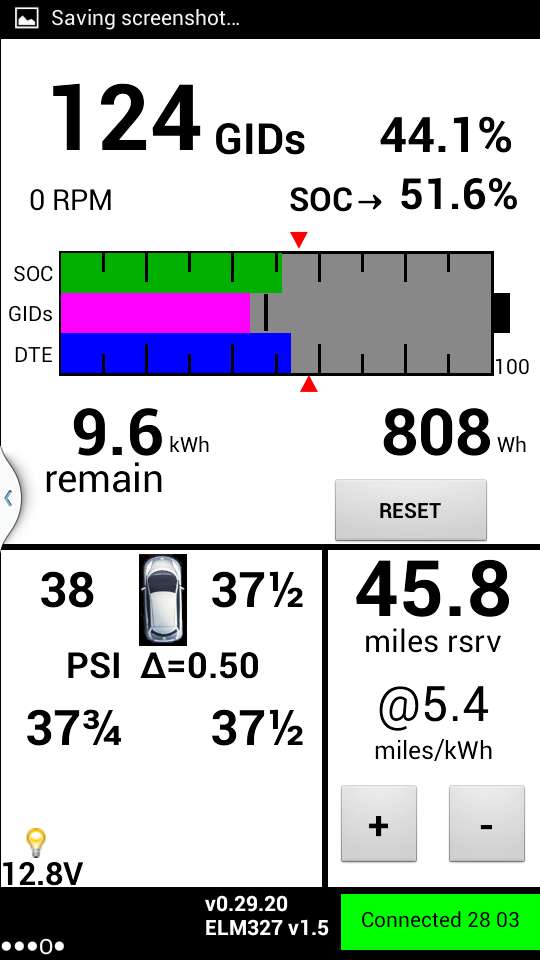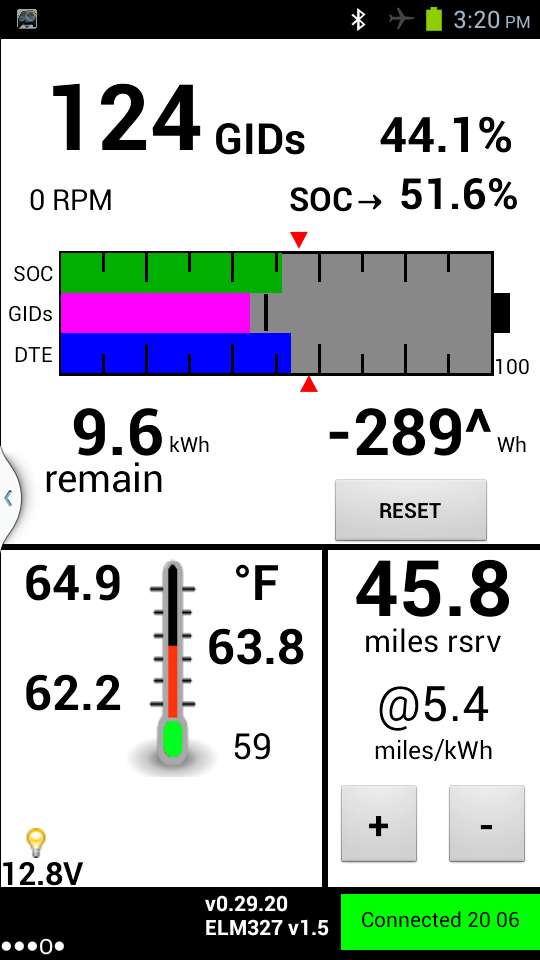Capacity is what the container is able to hold.
Less than that is the usable capacity, like not being able to get
the last quart of gasoline out of a typical gas tank that has
a sediment and water sump at the bottom.
With a typical wooden water barrel, the water that goes in is not all available
for use later. Some leaks out, some splashes out when it is getting too
full, and some evaporates, depending upon the weather and temperature.
With any battery, more energy is put in than is available to use later.
Put in 5 kWh of Regen energy, but only perhaps 4.5 is usable, so
consider that the cost of storage.
How is the capacity of any unknown container determined,
or estimated? Even the imperical "fill it up and pour it out"
is not always a perfect, or even a good measure if capacity.
Consider how this can happen, and estimate
the capacity after each step:
1. Invert the container to get all the liquid out.
Exactly 6 gallons come out.
2. Pour in 10 gallons of water, which fills it to the brim.
3. Come back later, without using any of the liquid, and
find it necessary to add another gallon to fill it to the brim.
4. Then, pour out the liquid, measuring it, until no more liquid
comes out. You measured 9 gallons.
5. Refill with 9 gallons to the top.
6. Come back later and empty again, measuring 11 gallons.
Explain this, and what is the "best" estimate of the capacity
of the container?
The lesson... it is difficult to determine the capacity,
even if you are allowed to "measure" it directly.







